How is Braces Treatment Performed?
Orthodontic treatment, also known as braces treatment, is a method used to straighten, align, or correct jaw problems of the teeth. It is usually applied by using small brackets and wires attached to the front or back of the teeth.
Examination and planning: The first step for orthodontic treatment with braces is an examination with a dentist or an orthodontist. During the examination, the condition of the teeth, jaw structure, and general health of the patient are evaluated. The treatment plan provides information about how the teeth will be straightened, what materials will be used, the treatment duration, and the cost of treatment.
Attachment of brackets: Brackets are attached to the front or back surfaces of the teeth. Before this procedure, the teeth are cleaned and dried. Brackets are attached to the teeth using a special adhesive and then hardened with a special light source.
Installation of wires: Wires are attached to brackets using a special technique. The wires are shaped specifically for the condition of the teeth and the treatment plan.
Checks and adjustments: Braces treatment can take months or years to complete. The duration of the treatment may vary depending on the condition of the teeth and the treatment plan. During the treatment period, controls are made at regular intervals and the wires are adjusted. These checks allow the condition of the teeth to be monitored and the progress of treatment to be followed.
Completion of treatment: When treatment is complete, the brackets and wires are removed. The condition of the teeth is evaluated and the dentist or orthodontist sets up several follow-up appointments for post-treatment follow-up.
During the orthodontic treatment, it is recommended to use specially designed toothbrushes, dental floss, and mouthwash solutions to maintain the hygiene of the teeth and to help complete the treatment process effectively.
İçindekiler
When is braces treatment done?
Generally, orthodontic treatment is usually done during adolescence, between the ages of 11 and 14. During this period, the teeth are still in the developmental stage and are more easily corrected.
However, orthodontic treatment is not only suitable for the teenage years but also for adults. There is no harm in adults wearing braces, and orthodontic treatment can be done at any age.
The timing of when to start treatment can vary depending on the individual’s teeth, jaw structure, and overall health status. Consulting with a dentist or orthodontist can provide the most accurate information on when treatment should be done.
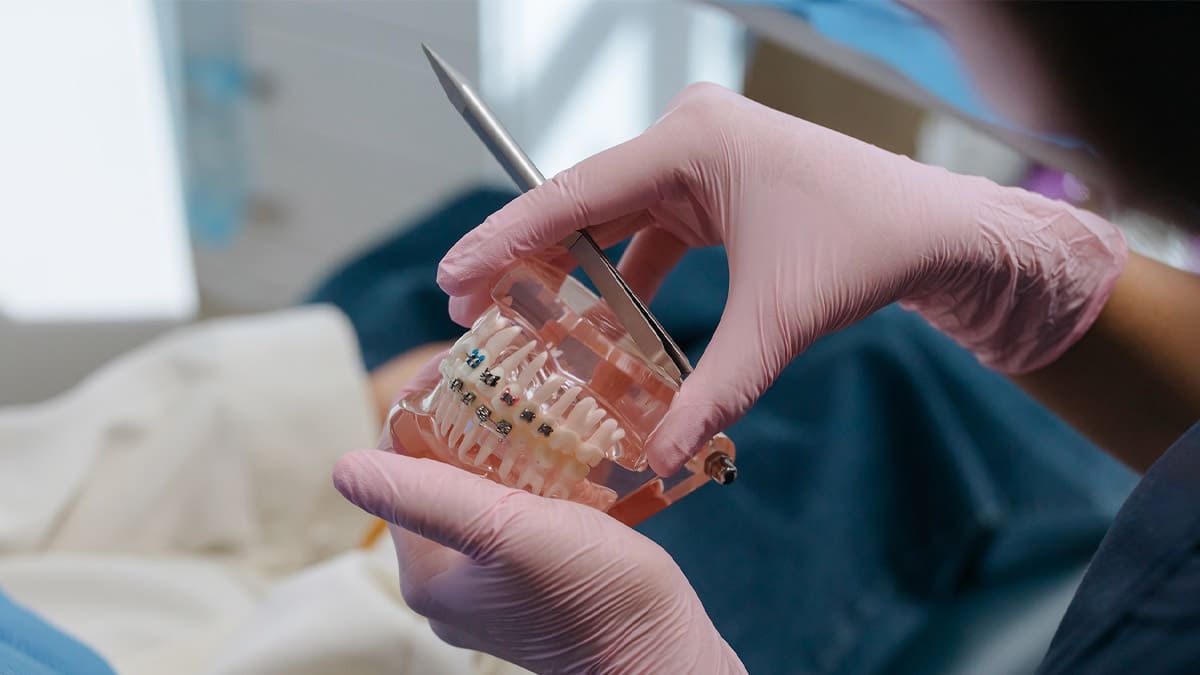
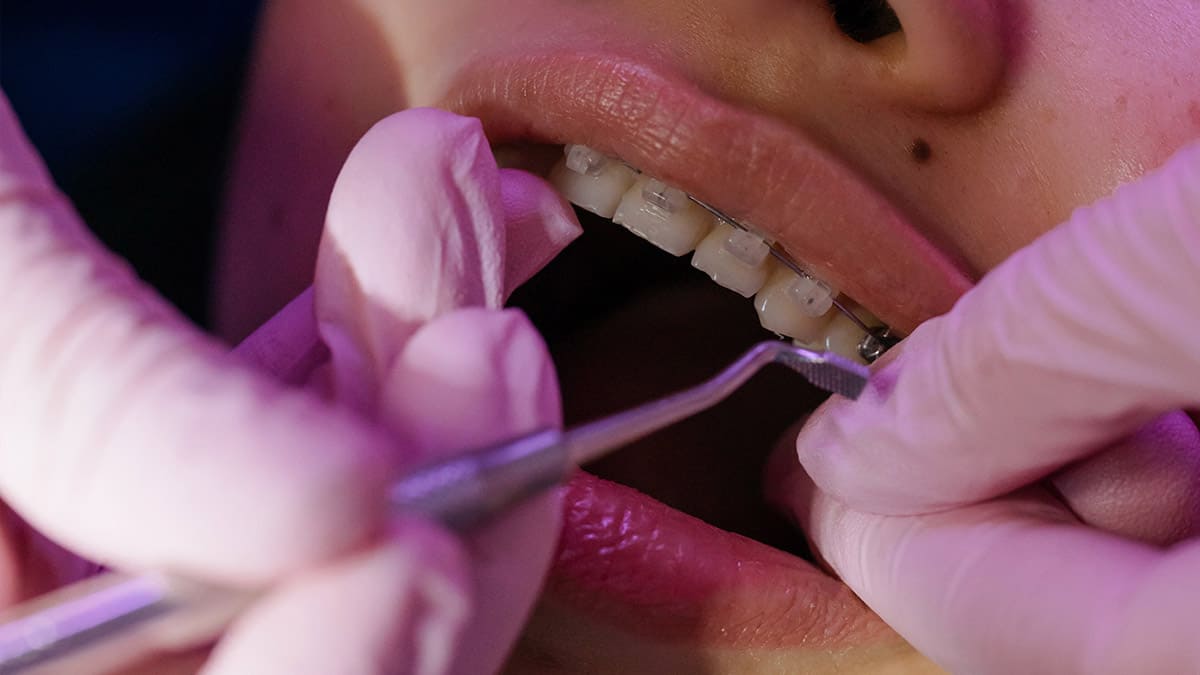
Orthodontic Treatment in Adults
Orthodontic treatment in adults may require a longer period of time and may be more difficult to complete. However, thanks to modern orthodontic technologies, orthodontic treatment in adults can be performed more comfortably and in a more aesthetically acceptable way.
Orthodontic treatment in adults can be used for various purposes such as correcting teeth alignment, jaw problems, and improving chewing function. Different orthodontic appliances such as braces, brackets, removable plates or clear aligners can be used.
Orthodontic treatment in adults offers many benefits, including correcting teeth alignment, improving jaw structure, maintaining dental health, and enhancing esthetic appearance. However, orthodontic treatment in adults may not be suitable in some cases such as gum problems, jaw joint problems, or excessive teeth grinding. Consulting with a dentist or orthodontist can help determine the most suitable treatment plan for the individual’s condition.
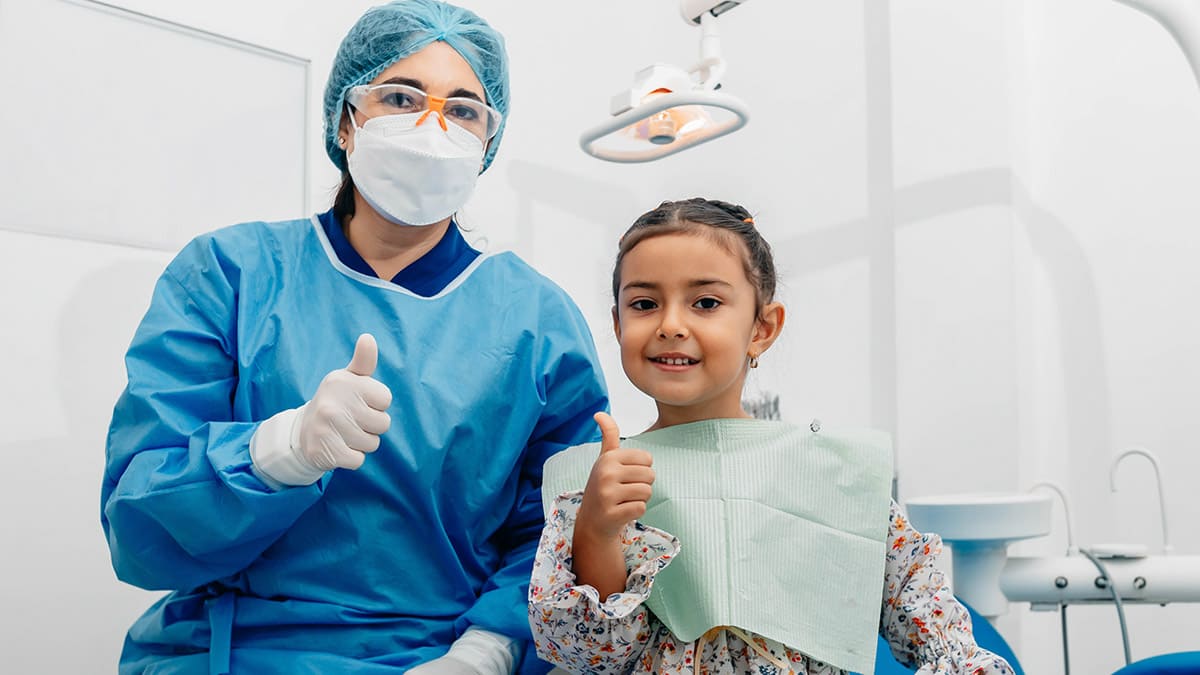
Orthodontic Treatment in Children
Orthodontic treatment in children is a treatment method used to correct and align teeth and jaw problems. This treatment is very important for maintaining dental health and aesthetic appearance.
The purpose of orthodontic treatment is to ensure that teeth are properly positioned and the jaw structure develops correctly. Treatment is typically initiated around 7-9 years of age when children’s teeth are still in the developmental stage.
In children, orthodontic treatment is performed using various orthodontic appliances such as braces, wires, plates, or clear aligners. Braces and wires help to move teeth and straighten them, while plates limit the movement of teeth to assist with alignment. Clear aligners control the movement of teeth to aid in their straightening.
Orthodontic treatment in children can serve many different purposes such as correcting misaligned teeth, correcting jaw problems, and improving chewing function. This treatment has many benefits, including maintaining dental health, enhancing aesthetics, and promoting proper jaw development.
Orthodontic treatment is essential for healthy teeth and a healthy mouth in children. Therefore, it is important to monitor children’s dental health and seek orthodontic treatment when necessary.
What should be considered in the treatment of braces?
Orthodontic treatment with braces is a method used to straighten and align teeth, and there are some important points to consider during the course of treatment.
Oral hygiene: Orthodontic treatment using braces and wires can make it more difficult to clean teeth and increase the accumulation of plaque and tartar. Therefore, individuals with braces need to be more diligent in brushing and flossing their teeth. Using dental care products recommended by your dentist can also be beneficial.
Diet: Avoiding hard, sticky, and sugary foods is important as braces can be sensitive. Particularly, sticky foods like chips, caramel, gum, and chocolate can stick to the braces and wires, increasing the risk of damage or dislodgement.
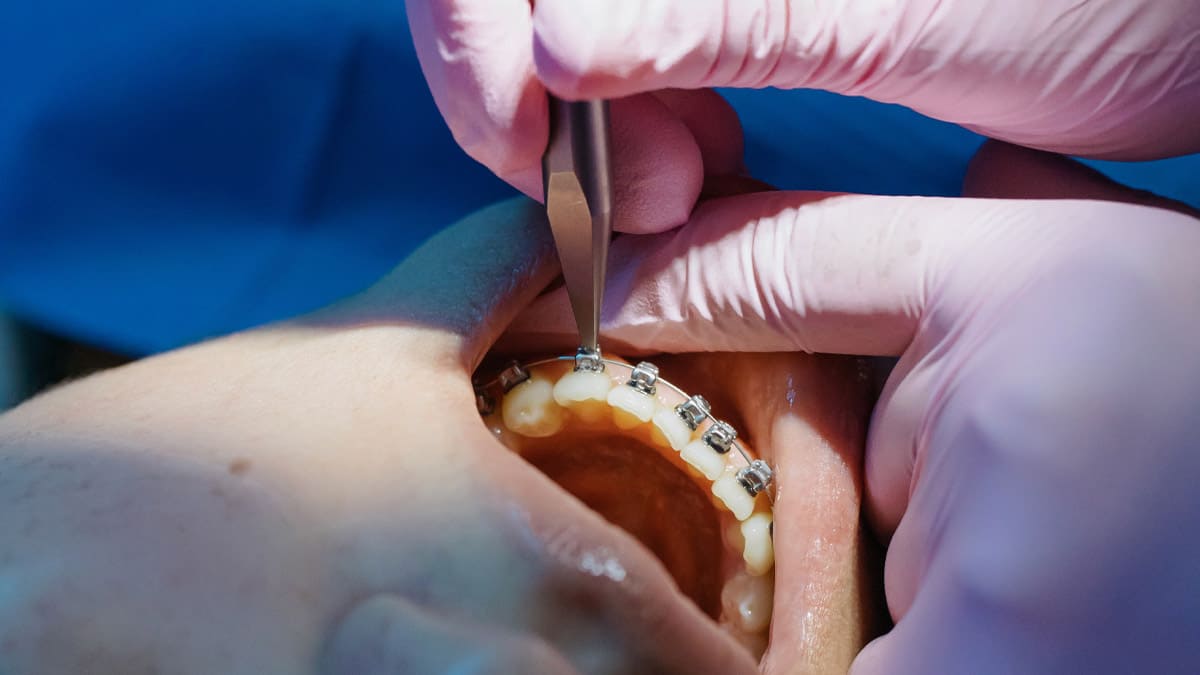
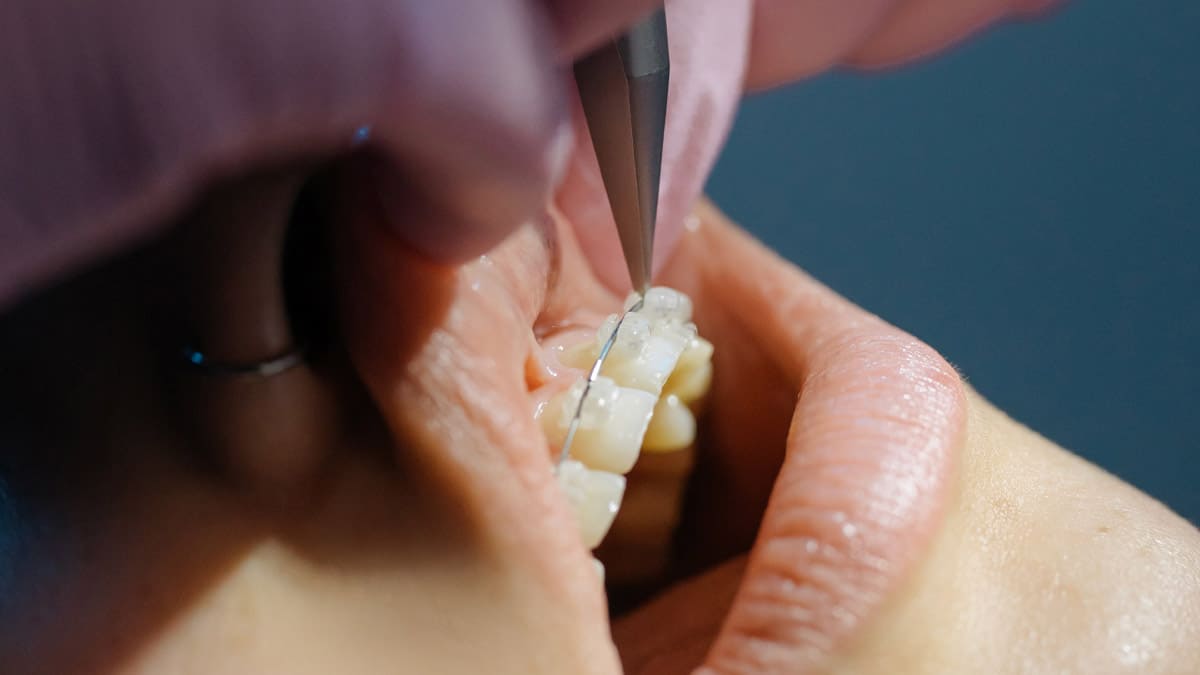
Pain and discomfort: Some discomfort may be felt for a while after the braces are placed. This is normal, but taking painkillers can help reduce discomfort. Also, since the wires and brackets of the braces come into contact with the mouth, they can cause tongue and cheek injuries. You can prefer soft foods to prevent these injuries.
Diet: It is important to avoid hard, sticky, and sugary foods as braces are sensitive. In particular, sticky foods such as chips, caramel, gum, and chocolate can increase the risk of pulling off wires and brackets.
Check-ups: During the braces treatment, your dentist will perform regular check-ups at certain intervals. During these check-ups, the condition of the braces will be evaluated, and any necessary adjustments will be made. Therefore, it is important not to miss the periodic check-ups recommended by your dentist.
Sports: While wearing braces, you can engage in sports such as swimming and cycling, but it is recommended to use a protective mouthguard in risky sports.
Orthodontic treatment is a highly effective method for straightening teeth, but it requires careful attention to oral hygiene during the treatment process. Additionally, it is important to follow your dentist’s recommendations and not miss appointments for successful treatment.

How Long Does Braces Treatment Take?
The duration of orthodontic treatment with braces can vary depending on the severity and complexity of the individual’s dental condition. On average, orthodontic treatment with braces usually lasts between 1 to 3 years. However, in more complex cases, the treatment duration can be longer than 3 years.
The duration of orthodontic treatment with braces depends on the severity and complexity of the dental condition that needs to be corrected. On average, orthodontic treatment with braces usually lasts between 1 to 3 years. However, in more complex cases, the treatment time may be longer than 3 years.
The duration of orthodontic treatment is also dependent on factors such as compliance with the treatment plan, following the instructions given by the orthodontist, and not missing appointments. During the treatment period, the orthodontist regularly adjusts the braces and wires to ensure that the teeth are properly aligned.
To obtain a more specific estimate of the duration, complexity, and cost of orthodontic treatment, it is recommended to consult with an orthodontist.